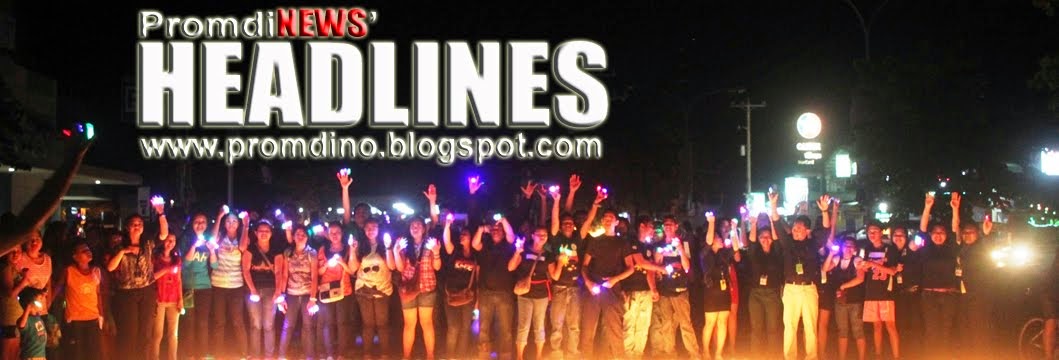By George Robert Valencia III, S&T Media Service
The Department of Science and Technology (DOST) switches on the
green light to make way forthe continuation of the development of the first
all-Filipino mass transport system in a ceremonial awarding rites on June 19,
2012 at the Traders Hotel.
The awarding of contract to Miescor Builders Inc to
construct the 465-meter test tack in the University of the Philippines Diliman
campus is part of this year’s celebration of the Metals and Engineering
(M&E) Week, according to DOST’s Metals Industry Research and Development
Center.
The AGTS will run on a track that curves from the CP Garcia Avenue
near the CHED building to the area of the College of Arts
“The Automated Guideway Transit System or AGTS willbe the
future of mass transport systems,” DOST Secretary Mario Montejo said.
The AGTS is one of DOST’s high-impact technology solutions
and is the first among DOST’s several proposed public transportation systems
for Metro Manila, Sec. Montejo added.
Composing the project team are engineers from DOST-MIRDC, UP
Diliman, and the Project Management Engineering and Design Service Office
(PMEDSO). The team aimsto create a fully-automated, driverless electric
transportationthat travels on an elevated rail or guideway.
The guideway will stand at an elevation of 6.1 meters
supported by high-quality concrete material, while the train bodywill be
composed of two adjoining coaches, each having 30-people capacity. Also, the
coaches will roll on rubber tires instead of metal wheels to minimize track
noise, andwill have bogies to ensure comfort and stability.
According to Engr. Jonathan Q. Puerto, Officer-in-Charge of
the office of the Deputy Executive Director of DOST-MIRDC, the test track in UP
Diliman will help MIRDC to fine-tune the technology’s mechanisms and operation,
which include speed, stability, brake distance and power, among others.
“If all goes as planned in the construction of the guideway,
we will be able to initiate the testing in October,” said Engr. Puerto.
Aside from being locally developed, theDOST’sAGTS
isenvironmentally soundas it is non-polluting. It is also reliablebecause it is
fully automated, and safe because the elevated guideway will not get derailed
or cause road accidents. The AGT also helps reduce traffic congestion and its
economic costs, estimated at P140 billion annually.
Some countries that are reaping benefits from the AGTS
technology at presentinclude the United States, Japan, Singapore and Canada.
“If these countries can do it, so can the Philippines ,” Sec. Montejo said.
The AGTS project is monitored by the DOST’s Philippine
Council for Industry, Energy and Emerging Technology Research and Development.

No comments:
Post a Comment